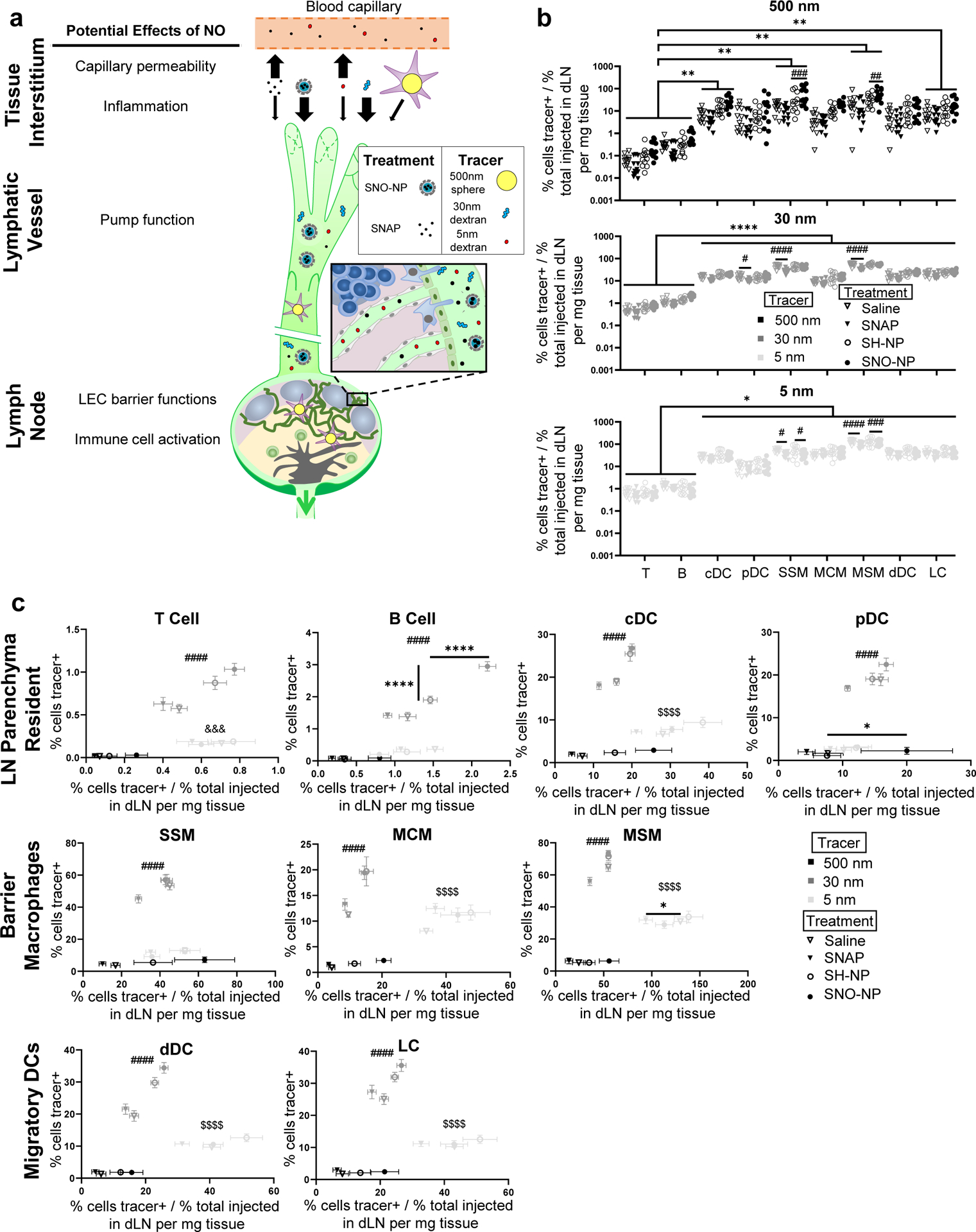Fig. 3. Lymph node-directed nitric oxide (NO) modulation of dLN leukocyte access to lymph transported tracers.

a) Schematic of potential NO effects on interstitial and lymphatic tissues that may influence the lymphatic-mediated transport of tracers to dLN from the peripheral tissue interstitum. b) Efficiency of tracer association with each dLN leukocyte subtype, measured as frequency of tracer+ cells divided by total quantity of tracer present in the LN, for each treatment. Each data point indicates an individually measured data point of tracer association normalized by the average amount of tracer accumulated within the dLN. *, **, and **** (p < 0.05, p < 0.01 and p < 0.0001, respectively) indicate trends of significantly lower efficiency of tracer association with lymphocytes than other leukocytes investigated, and #, ###, and #### (p < 0.05, p < 0.001 and p < 0.0001, respectively) indicate differences between treatment groups determined by two-way ANOVA with Tukey’s comparison. c) Frequency of tracer+ cells as a function of efficiency of tracer association with each cell type after treatment. Efficiency of tracer association is measured as average frequency of tracer association normalized by total quantity of tracer accumulated within the dLN, data are presented as mean ± standard error from n = 12 animals. * and **** indicate difference in tracer association between treatment groups (p < 0.05 and p < 0.0001, respectively). #### (p < 0.0001) indicates significant difference for 30nm vs. 5 and 500nm tracer in extent of association. &&& (p < 0.001) indicates significant difference for 5nm vs. 500nm tracer in extent and efficiency of association. $$$$ (p < 0.0001) indicates significant difference for 5nm vs. 30 and 500nm tracer in extent and efficiency of association. Significance determined by one-way ANOVA with Tukey’s comparison.
